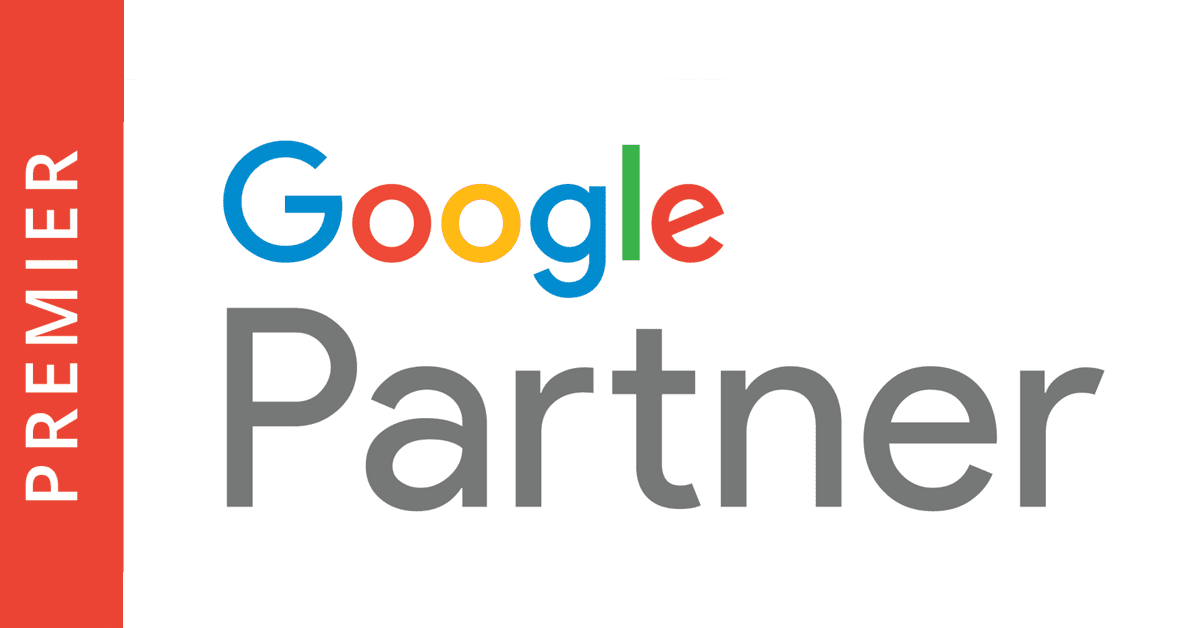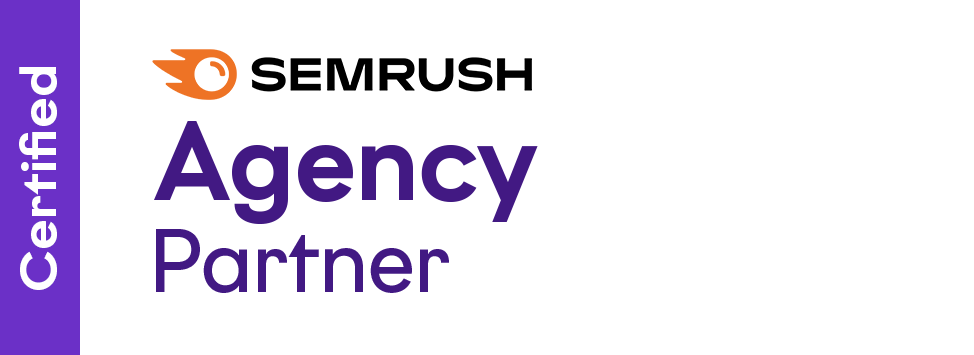Search engine optimisation (SEO) has always been a moving target. The algorithms that sit behind the search engines and determine which websites are best to place on results pages are constantly changing. As such, marketers and business owners must maintain diligent analysis and calibration to hit the target consistently.
While some aspects of SEO have remained relatively consistent over the past few years, some parts of the equation have evolved dramatically, with the focus leaning more towards a content- and user-experience-driven landscape.
Now, more than ever, usability and SEO strategies are becoming tightly integrated to drive relevant search engine traffic. In this article, our specialists at Digital Eagles, explore five critical trends that will shape your SEO content marketing strategy in 2024.
1. Don’t Prioritise Ranking Keywords for the Sake of it
Gone are the days when SEOs could measure the performance of their SEO content marketing strategy by organic rankings only. As Google’s SERPs become more visual and interactive, rankings may mean nothing.
Instead of focusing on ranking keywords just for the sake of being on the top spot of search results pages, focus on the conversions organic traffic brings. Identify pages with the highest conversion optimisation rate, match that page with target keywords and search queries bringing traffic (using Search Console) and focus on improving those.
Conversion rates — the rate at which target keywords leading to your site result in sales, signups, or any other objectives — are becoming a key factor in whether your keyword rankings are worth it. Even if your site ranks well for popular or desirable keywords, they aren’t worth much if you can’t get those visitors to behave as intended.
The truth is, all these things — keyword selection, conversion rates and ROI, as well as keyword rankings — are all a piece of the search engine optimisation puzzle. Any smart marketer should keep an eye on all of them.
2. Cultivate (Content-Driven) Backlinks
It’s been around forever, but one of the most consistent ranking signals out there is backlinks. Some even argue that a strong backlink profile remains the most important SEO metric of them all.
With that said, the wrong type of links may also hurt your SEO performance, especially if you engage in low-quality link-building tactics. So, be sure to focus solely on links that build traffic and trust within your SEO content marketing strategy.
Some examples of links that help generate great referral traffic that could lead to conversions include:
- Links built with quality content: If you’re creating great content that is conversion-oriented, any link you garner from it will boost conversions.
- Links on strong resource pages: Resource pages built for link exchanges will not help with your search rankings or referral traffic. Resource pages on highly relevant websites that draw in a good amount of traffic, however, will help with both. They are hard to find in certain industries, but they are worth all the effort!
Great content brings great links, so start investing in a high-quality content marketing service.
Further reading: Three Ways to Build Links That Won’t Cause Any Trouble with Google – Digital Eagles
3. Be Wary of the Rise of AI Content Creation
A new dawn has arisen with the rise of artificial intelligence (AI). Practically every industry on the planet has already been affected by it, or will be in coming years, and digital marketing is no exception.
AI content creation, once a budding concept, is now becoming a game-changer in the field of SEO. From understanding the intricacies of sourcing and including target keywords, to crafting bespoke content tailored to specific audiences in a matter of seconds, AI has made its mark in a big way.
And yet, like any powerful tool, AI-generated content comes with its own challenges. For businesses and readers alike, it becomes pivotal to discern human-driven content from its AI counterparts. Learning how to detect AI-written content ensures that you are consuming and delivering authentic, emotionally resonant content.
And search engines like Google and Bing know this.
Will you incur direct penalties by utilising AI in some fashion? No, but you will if the content is clearly generic and of no unique value to the reader. After all, while AI can replicate styles, the human touch remains irreplaceable.
4. Delving Deeper into Google Trends for SEO
If there was a compass to guide digital marketers, it would undoubtedly be Google Trends. This free, incredibly powerful tool provides direct insights that could prove pivotal in shaping an efficient SEO content marketing strategy.
Wondering how to use Google Trends for SEO?
You can get started by identifying emerging topics, understanding seasonal search trends, and tapping into the pulse of a well-defined digital audience. A real-time understanding of what the world is searching for can be the differentiator between content that shines and content that fades.
5. Balance User Experience and SEO
User Experience (UX) plays a fundamental role in guiding basic decisions that shape websites and digital products, encompassing:
- Web design
- Information architecture
- Usability engineering
- Interface design
- Content strategy
- Research
- And more
Thanks to Google officially announcing page experience as a ranking factor, UX as a discipline has grown exponentially in stature over the last few years.
As such, implementing customer-centred content and design processes has become a priority in many companies, delivering a high return on investment and often directly resulting in increased customer satisfaction, business growth, and overall brand engagement.
And from now on, user-centric design will also help you improve your organic rankings.
Google has introduced an array of measurable usability scores to help you direct designers. These include points like:
- Largest Contentful Paint (LCP) to measure loading performance
- First Input Delay (FID) to measure interactivity
- Cumulative Layout Shift (CLS) to measure visual stability
- Mobile-friendliness, which can be assessed using their in-built tool
- Page load speed, secure connection and absence of intrusive interstitials are also important page experience factors
Striving to design your content with Google’s Page Experience metrics in mind will help you to create more user-friendly websites.
Develop a Winning SEO Campaign for Your Brand in 2024
Positioned at the forefront of a rapidly changing digital landscape, the SEO trends for 2024 present both challenges and opportunities. Success hinges on continuous learning, adapting, and consistently prioritizing the user in every aspect of your SEO content marketing strategy. By embracing these upcoming trends and integrating them with targeted keywords into your digital narrative, you can ensure that your content doesn’t just survive but excels in the rankings. To navigate this dynamic environment and elevate your campaign, consult with one of the specialists at our SEO agency today.



















